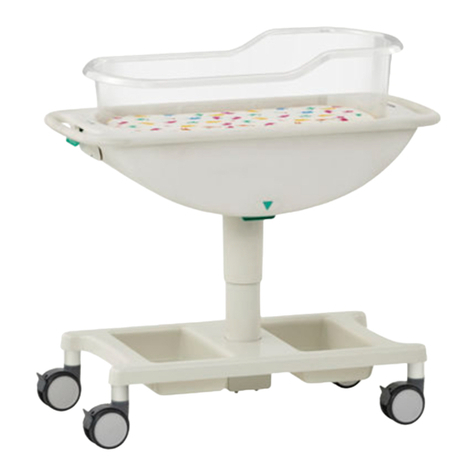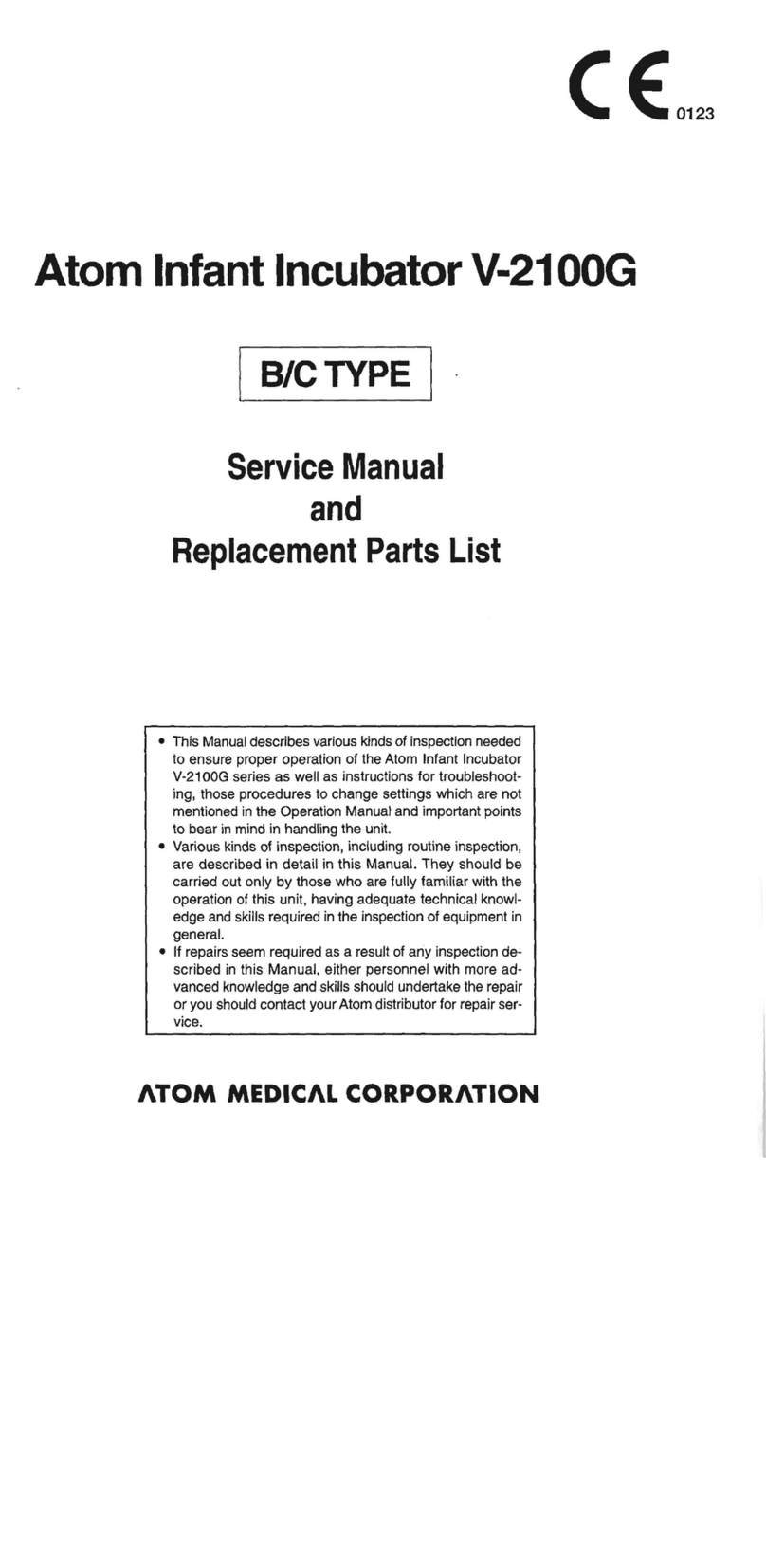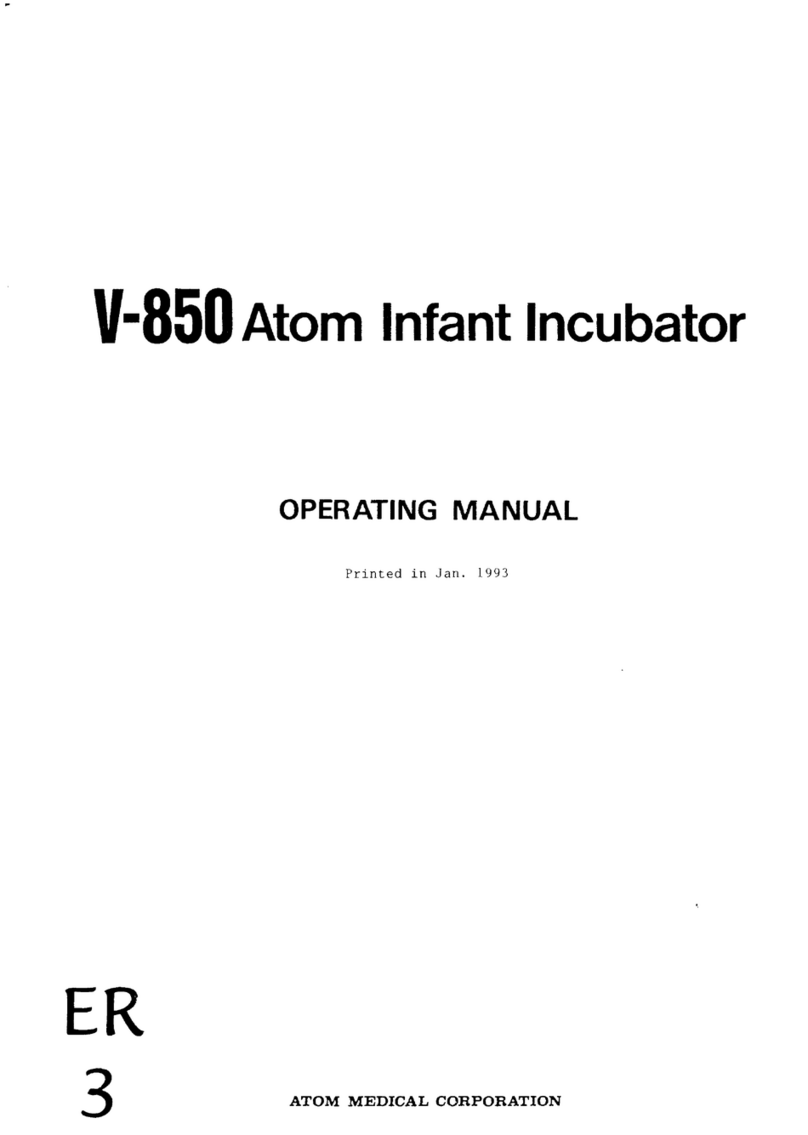
CONTENTS
1. Definition of Symbols................................................................................................. 3
1-1. Symbols to indicate danger, warning or caution........................................... 3
1-2. Symbols to prohibit action ............................................................................. 3
1-3. Symbols to give instructions for action ......................................................... 3
1-4. Symbols of international standards (IEC) .................................................... 3
1-5. Other symbols................................................................................................. 4
2. General Precautions .......................................................................................... 7
2-1. DANGER................................................................................................. 7
2-2. WARNING............................................................................................... 7
2-3. CAUTION ............................................................................................... 7
3. Introduction................................................................................................................ 9
4. Parts Identification ................................................................................................... 10
4-1. Main Body..................................................................................................... 10
4-2. Display/Control Panel .................................................................................. 12
4-3. Screen Display.............................................................................................. 14
5. Maintenance Inspection........................................................................................... 20
5-1. Inspection before Use ................................................................................... 21
5-2. Three-month Inspection............................................................................... 29
5-3. Disinfection................................................................................................... 30
5-4. Periodical Replacement Parts...................................................................... 37
5-5. Inspection Checklist ..................................................................................... 41
6. How to Identify the Cause of Trouble....................................................................... 44
6-1. Parts Arrangement Plan .............................................................................. 44
6-2. Description of Functions (Description of Components).............................. 45
6-3. Description of Functions (Maintenance Screen)......................................... 49
6-4. Description of Functions (Setting the Pulse Oximeter) ............................. 55
6-5. Description of Functions (Prevention of a High Incubator
Air Temperature and a Low Incubator Air Temperature).......................... 56
6-6. Alarms........................................................................................................... 57
7. Repair ...................................................................................................................... 66
7-1. Jigs, Tools and Measuring Instruments to be Used ................................... 66
7-2. Flow of Parts Replacement .......................................................................... 68
7-3. Disassembling Procedure............................................................................. 69
7-4. Assembling Procedure ................................................................................ 107
7-5. Adjustment Procedure................................................................................ 145
7-6. Inspection Procedure.................................................................................. 160
7-7. Replacement Procedure.............................................................................. 180
8. Control Unit Block Diagram.................................................................................... 184
9. Wiring Diagram...................................................................................................... 186
9-1. Main Unit.................................................................................................... 186
9-2. HL-stand ..................................................................................................... 189
10. Replacement Parts List........................................................................................ 191
11. Technical Information ........................................................................................... 202
11-1. Technical Data .......................................................................................... 202
11-2. EMC Level and Classification.................................................................. 205






























